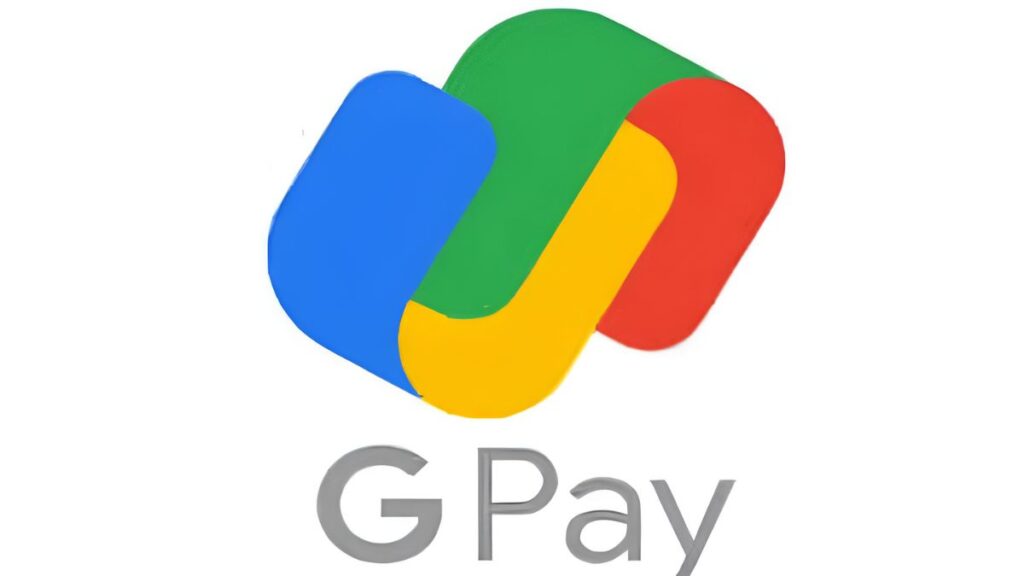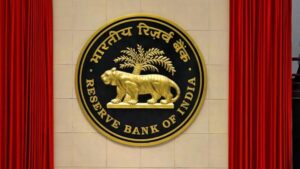Google Pay Begins Levying Convenience Fees for Certain Types of Payments

Google Pay, one of India’s most widely used UPI-based payment platforms, has started charging a convenience fee on bill payments made via credit and debit cards. This move shifts the transaction cost, previously borne by the company, to consumers. The charges range from 0.5% to 1% of the transaction amount, plus applicable GST.
What This Means for Users
- Charges on Card Payments: Consumers paying for utility bills like electricity, gas, and other services through credit or debit cards will now incur a processing fee.
- UPI Bank Transactions Remain Free: Payments made directly from bank accounts using UPI will continue to be free of charge.
- Industry-Wide Practice: Competitors like PhonePe and Paytm have already implemented similar convenience fees on various services, including bill payments and recharges.
- Why Fintech Firms Are Charging Fees: According to a PwC report, fintech firms incurred around ₹12,000 crore in processing costs for UPI transactions in FY24, forcing them to explore alternative revenue models.
The Bigger Picture
In 2020, the Indian government mandated a waiver of the Merchant Discount Rate (MDR) for UPI transactions below ₹2,000 to promote digital payments. While the government compensates platforms for these waived charges, fintech firms continue to struggle with sustainable revenue generation.
This latest move by Google Pay signals a shift in the industry as digital payment platforms seek to balance convenience with cost recovery. While users can avoid the new charges by opting for direct UPI payments, those relying on credit and debit cards for bill payments will now have to bear an additional fee.






